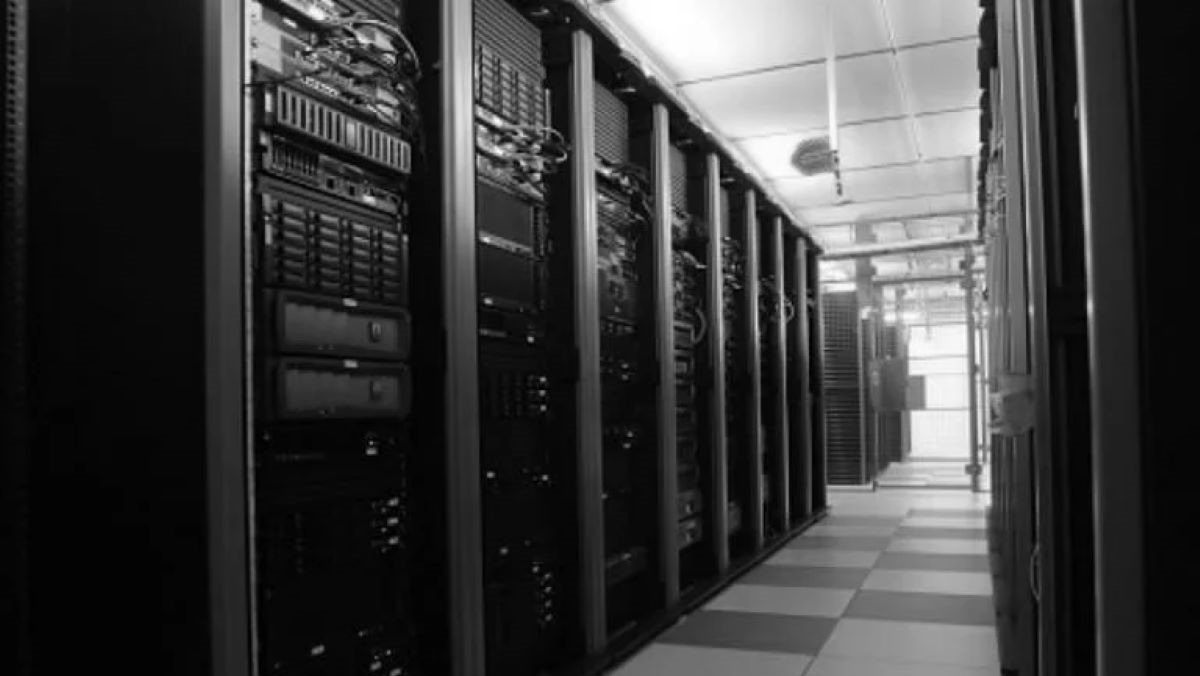The explosion in interest in generative artificial intelligence has resulted in an arms race to develop the technology, which will require many high-density data centers as well as much more electricity to power them.
Goldman Sachs Research forecasts global power demand from data centers will increase 50% by 2027 and by as much as 165% by the end of the decade (compared with 2023).
On the demand side for data centers, large “hyperscale” cloud providers and other corporations are building large language models (LLMs) capable of natural language processing and understanding. These models must be trained on vast amounts of information, using power-intensive processors.
On the supply side, hyperscale cloud companies, data center operators, and asset managers are deploying large amounts of capital to build new high-capacity data centers.
Data center occupancy is projected to increase from around 85% in 2023 to a potential peak of more than 95% in late 2026. The global data center market currently consumes an estimated 55 gigawatts (GW) of power. This is comprised of cloud computing workloads (54%), traditional workloads for typical business functions such as email or storage (32%), and AI (14%).
By 2007, Goldman Sachs analysts project power demand will reach 84 GW by 2027, with AI growing to 27% of the overall market, cloud dropping to 50%, and traditional workloads falling to 23%.
Global data center capacity currently stands at around 59 GW, 60% of which is provided by hyperscale cloud providers and third-party wholesale data center operators. By 2030, capacity is estimated to reach 122 GW, with an even larger share (70%) held by hyperscalers and wholesale operators.
The current global market capacity of data centers is approximately 59 GW. Roughly 60% of this capacity is provided by hyperscale cloud providers and third-party wholesale data center operators. Goldman Sachs Research estimates that there will be around 122 GW of data center capacity online by the end of 2030, with an even larger share (70%) held by hyperscalers and wholesale operators.
Given the higher processing workloads demanded by AI, the density of power use in data centers is likely to grow as well, from 162 kilowatts (kW) per square foot to 176 kW per square foot in 2027.
“Data center supply — specifically the rate at which incremental supply is built — has been constrained over the past 18 months,” says James Schneider, a senior equity research analyst covering US telecom, digital infrastructure, and IT services, in the team’s report. These constraints have arisen from the inability of utilities to expand transmission capacity because of permitting delays, supply chain bottlenecks, and infrastructure that is both costly and time-intensive to upgrade.
As data centers contribute to a growing need for power, the electric grid will require significant investment. Goldman Sachs Research estimates that about $720 billion of grid spending through 2030 may be needed.
Goldman Sachs Research sees investment opportunities in hyperscalers, asset managers, utilities and data center operators.


